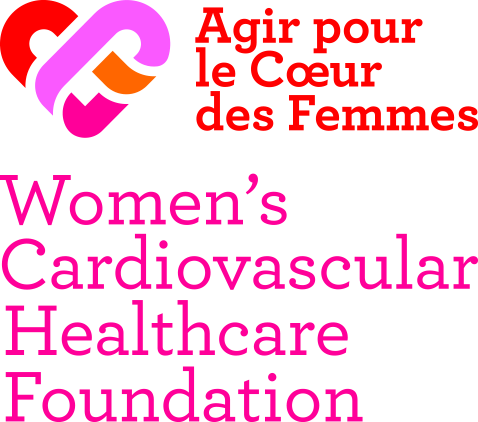
ANTICIPER
Cholesterol
Why Cholesterol is an Enemy You Should Take Seriously
Bad cholesterol turns into atheromatous plaque which gets deposited in the arteries and can clog them.

SEE ALSO
Why You Should Give Yourself Time to Move!
Only a little over half of women in France (53%) get the WHO’s recommended level of physical activity, which is at least two and a half hours per week of moderately intense activity or one hour and fifteen minutes of intense activity, according to a study published June 9, 2020 in the Santé [...]
How Cardiac Rehab Helps Women Heal Faster
Physical Activity
In this article, Women’s Cardiovascular Healthcare Foundation highlights how important and necessary it is for women to go through cardiac rehabilitation when they’ve had a cardiovascular event or are at high risk of having one. Dr. Natalia Kpogbemabou, cardiologist and rehabilitation physician at [...]
Why Staying Active is the Best Medicine for Your Heart
Physical Activity
These days, we know how important it is to be physically active to stay healthy as long as possible and prevent cardiovascular disease. Experts are unanimous that exercise is the best medicine and has many beneficial effects: it reduces pain, strengthens the immune system, prevents depression, [...]



-173-portrait.jpeg)
